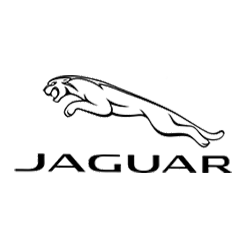Explore More Models
Explore More Models

The timeless elegance and sporting performance of Jaguar cars have made them a symbol of traditional British refinement throughout their long history.
Jaguar's roots can be traced back to the Swallow Sidecar Company, which began producing aluminum motorcycle sidecars in the early 1920s before transitioning to automobile production.The first vehicle to bear the Jaguar name was the SS Jaguar 100, released in 1935, and the brand continued to establish a strong presence in the sports car market throughout the 1950s and 1960s with models like the XK 120 and E-Type.
By the 1970s, Jaguar had introduced the XJ6C and XJ12C coupes to join its sedans, and the XJ12 was at one point the fastest production sedan on the market.In the 1980s, Jaguar launched the XJ-S HE and the XJ220 supercar, but also faced challenges with reliability and increased competition from German automakers.
A partnership with Ford in 1990 ultimately led to a full buyout of Jaguar, which then launched the XK8 and XKR sports cars powered by the new AJ-V8 engine.Jaguar's attempts to broaden its product line with the lower-priced X-Type sedan proved unsuccessful, and the brand struggled with outdated traditional styling in the face of modern competition.
After being sold to Indian manufacturer Tata in 2008, Jaguar has continued to produce new models like the XF and redesigned XK and XJ with a blend of modern design and classic British charm.